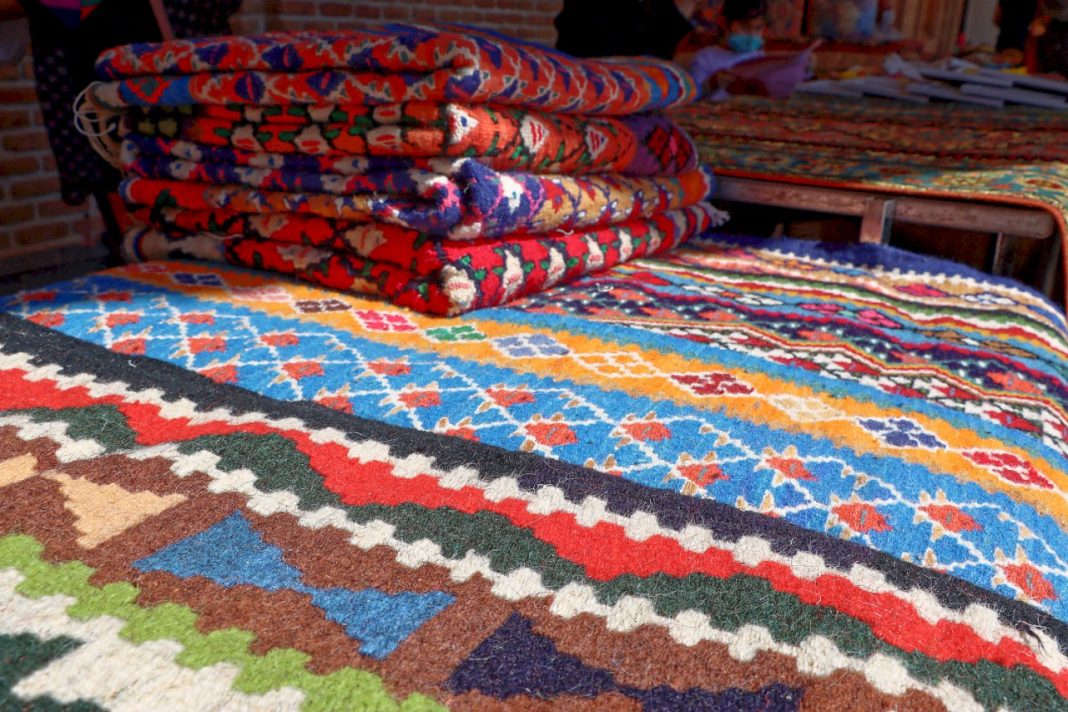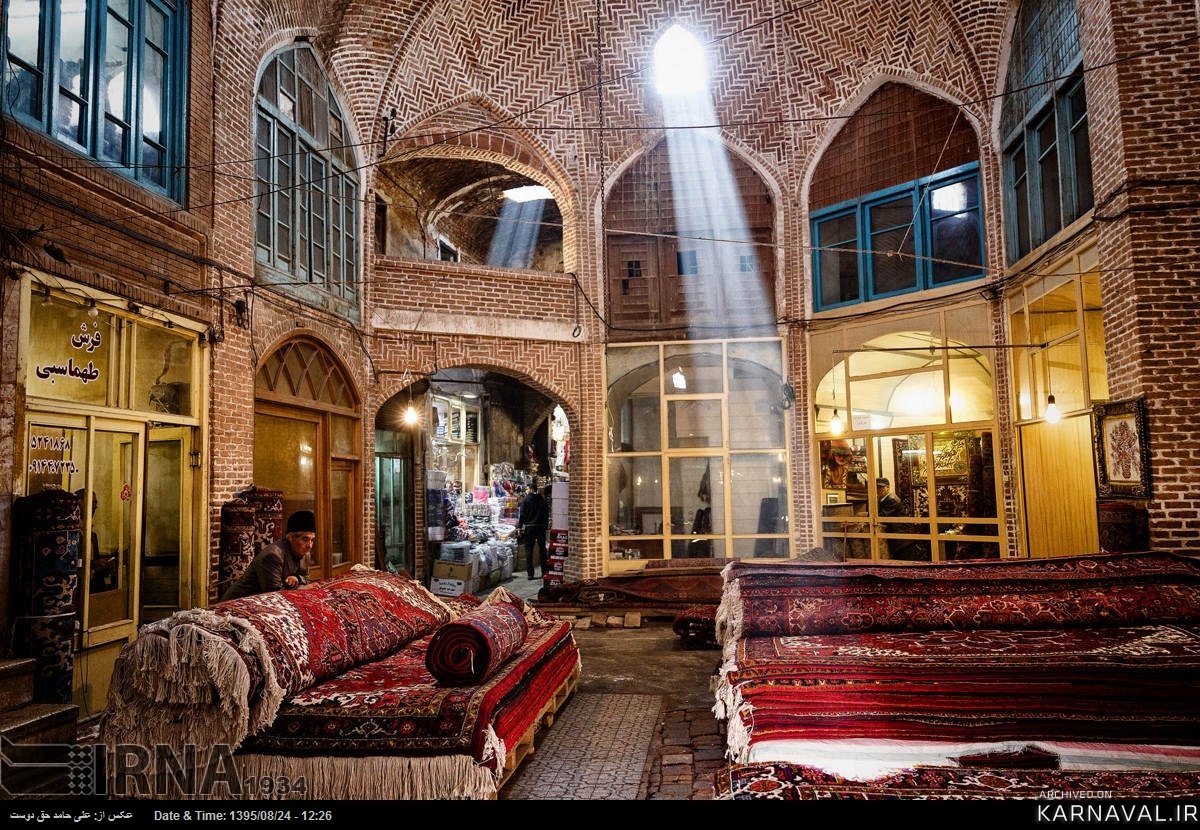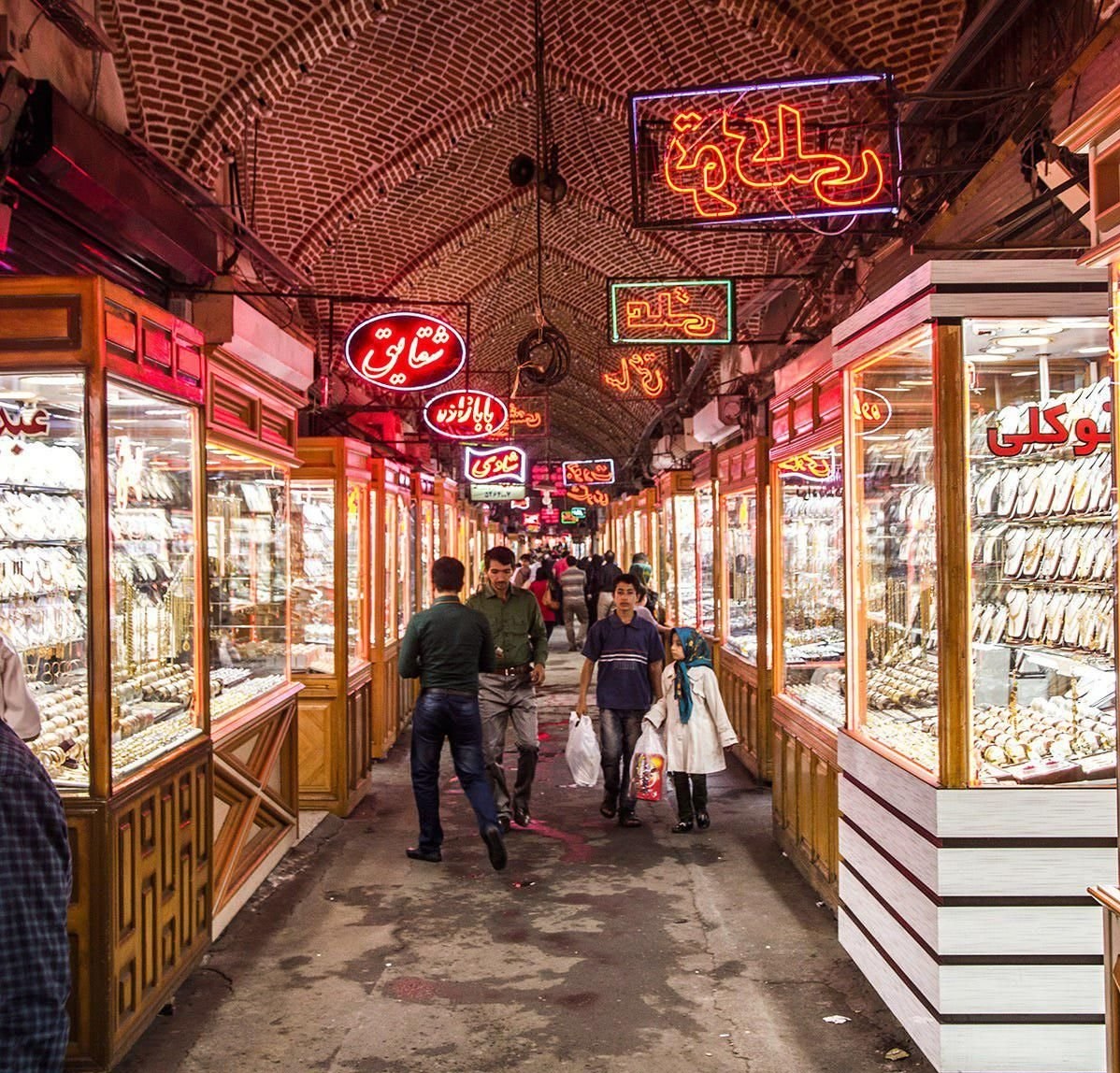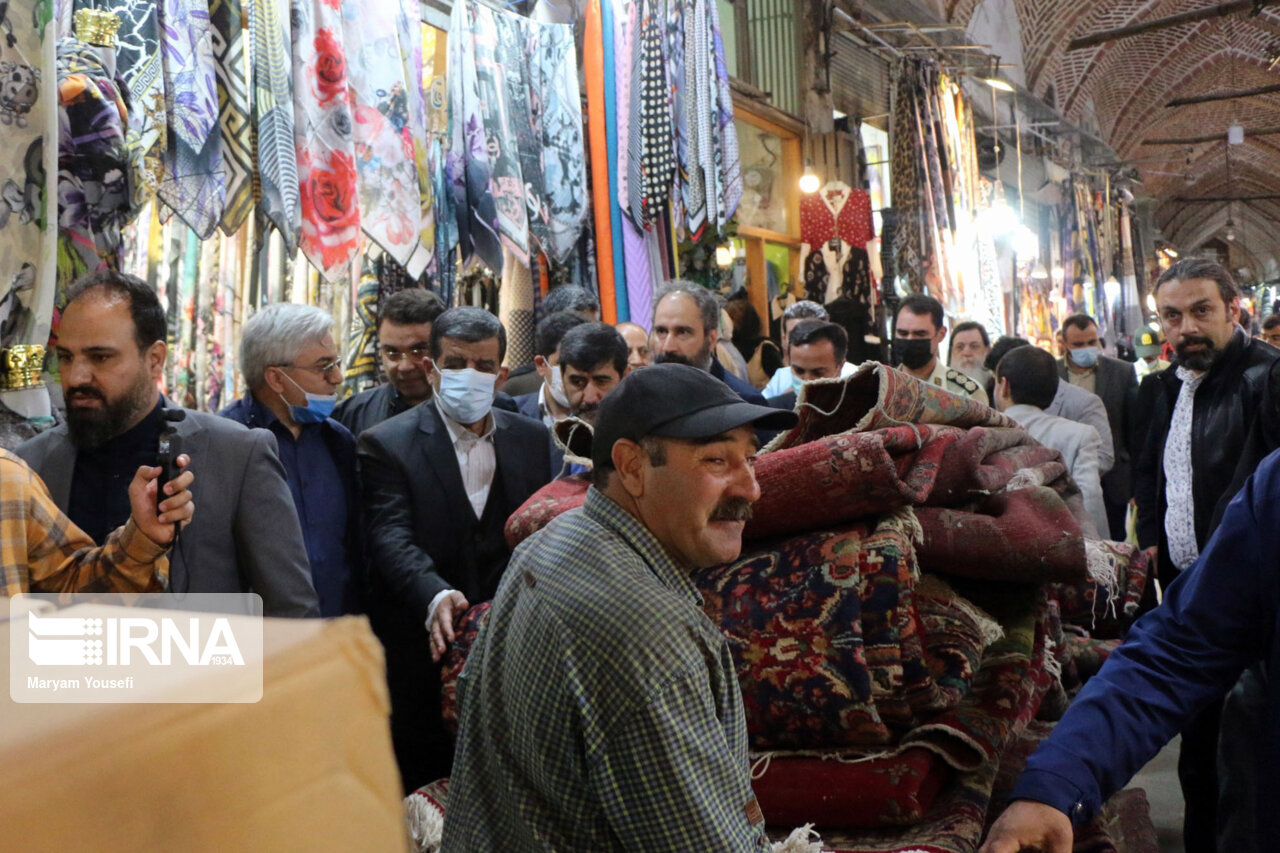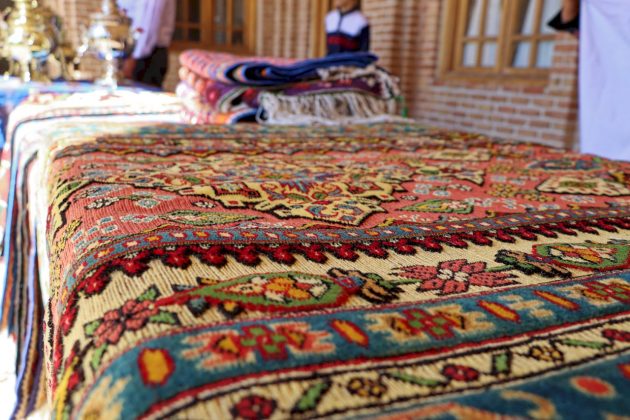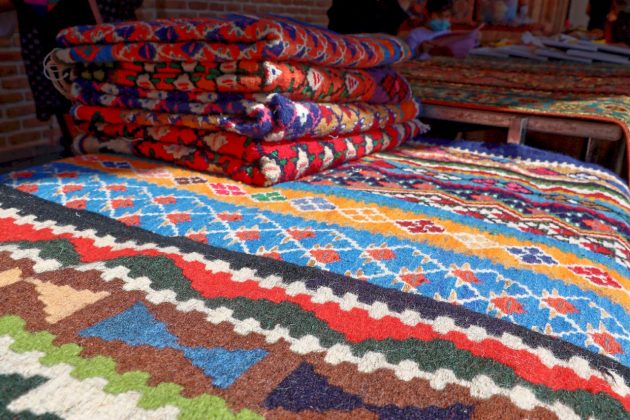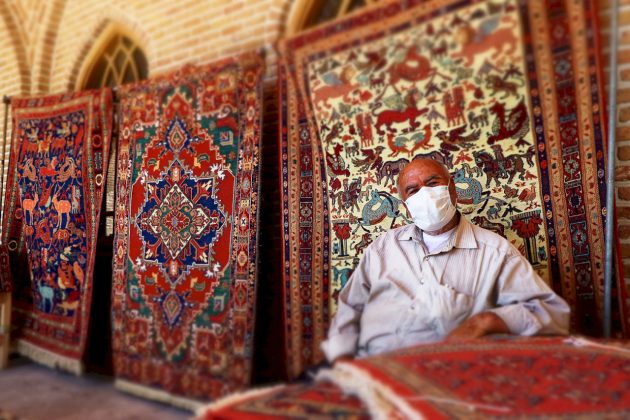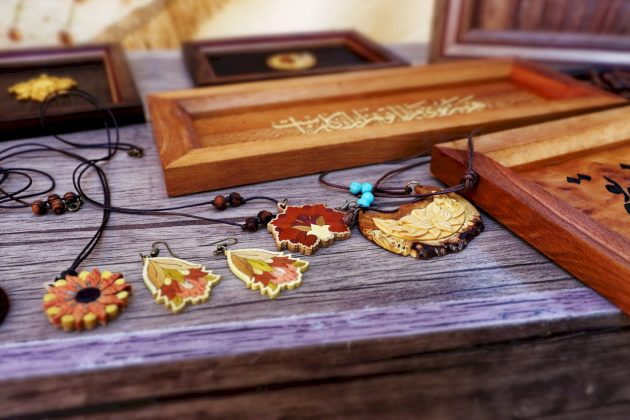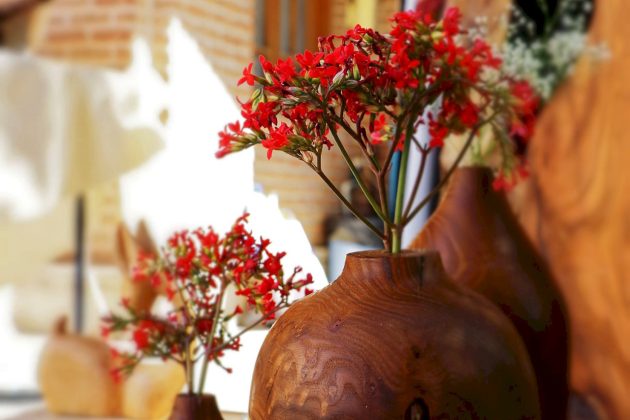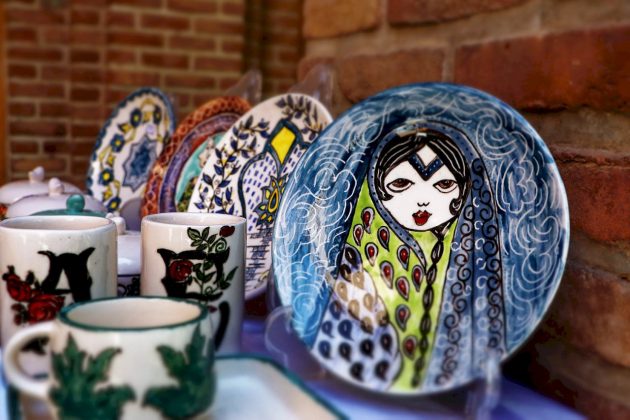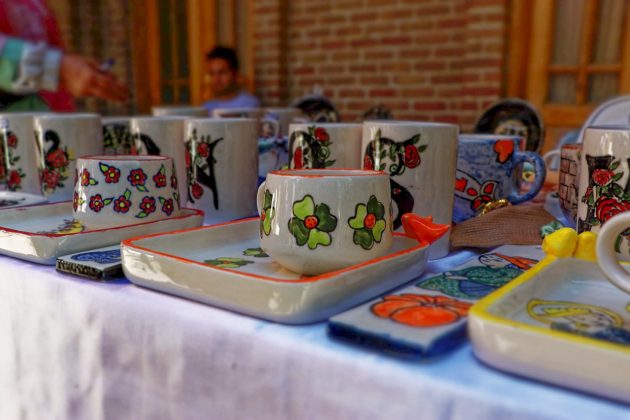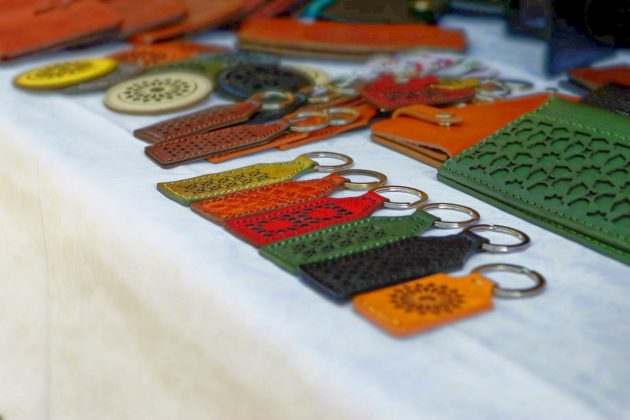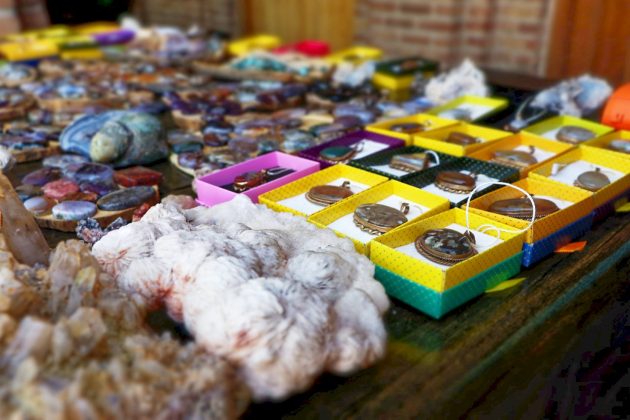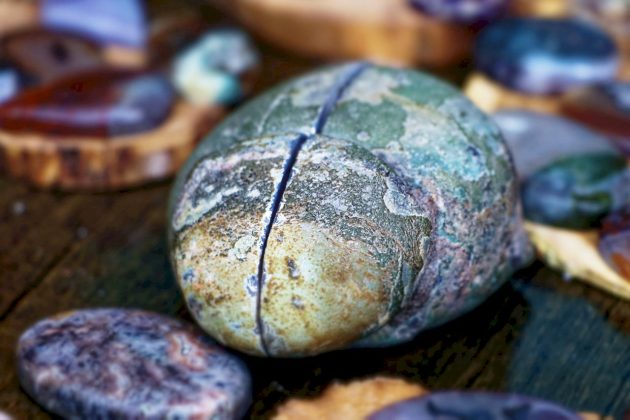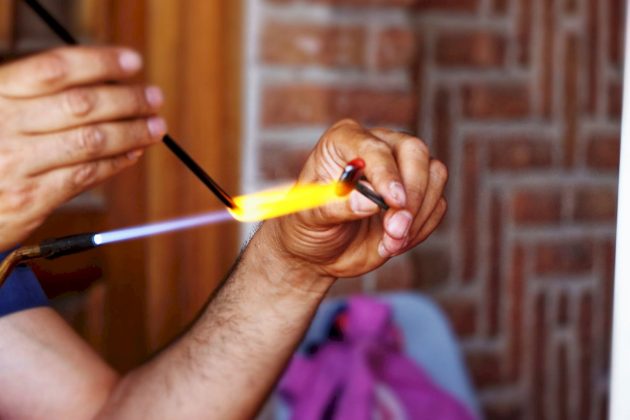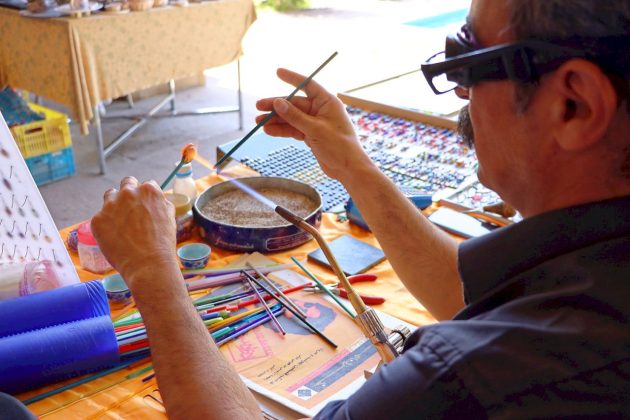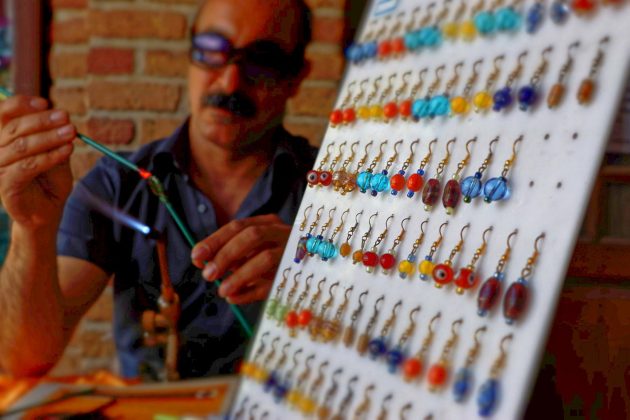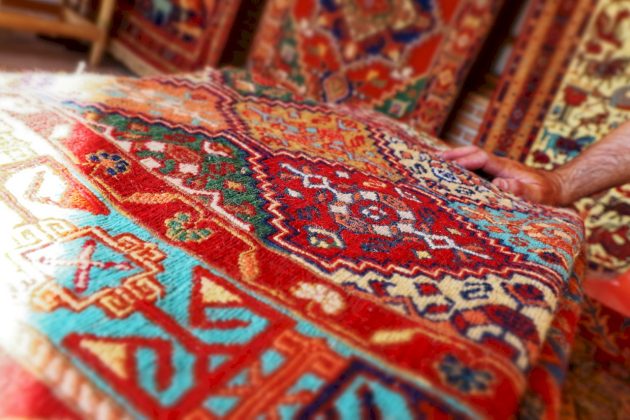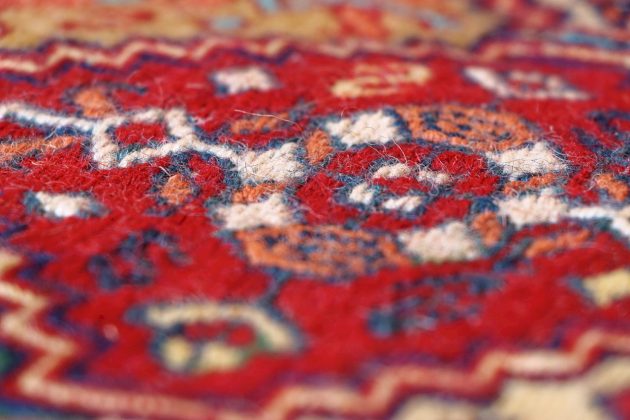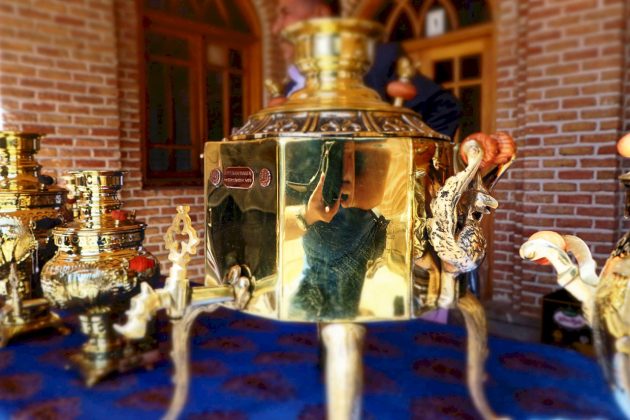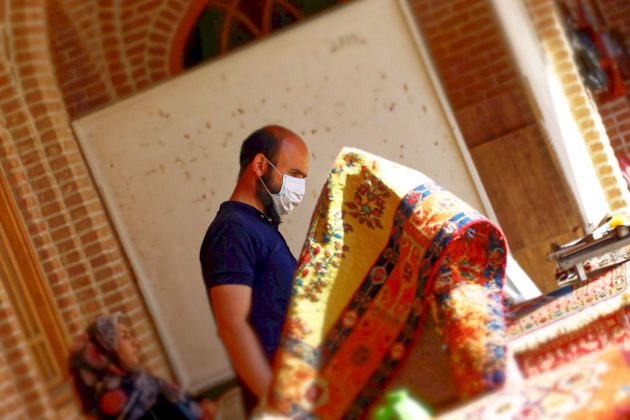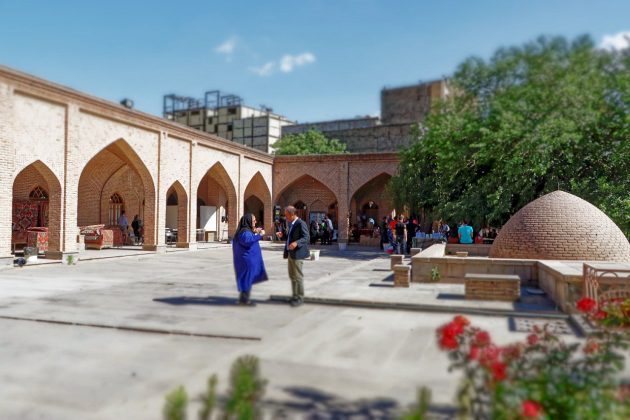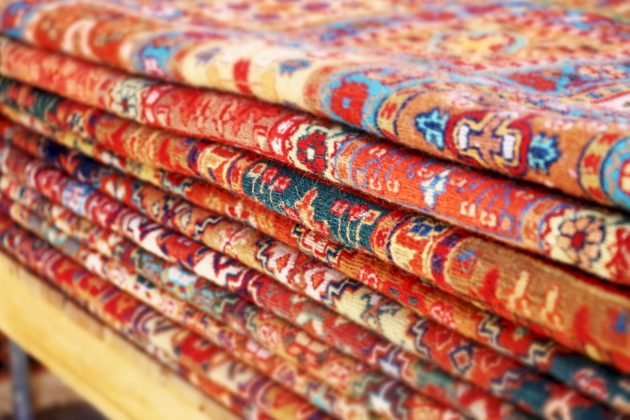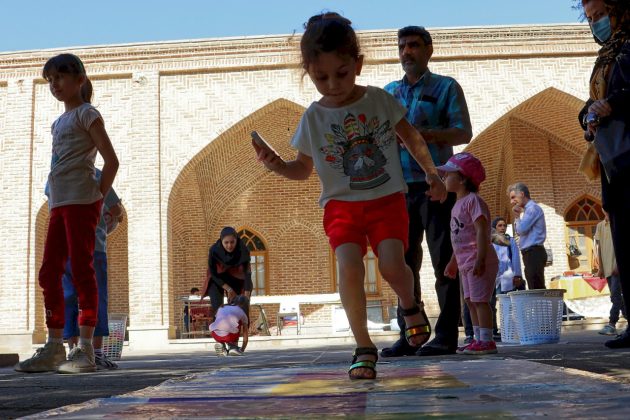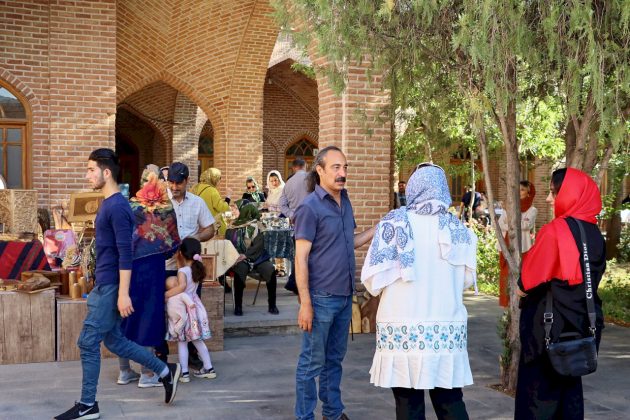Besides natural attractions and historical sites in the city, the handicrafts of Tabriz catch the eyes of every traveler.
Tabriz, located in East Azarbaijan Province, is Iran’s third largest city and once served as the country’s capital for a long period of time.
The city is home to many tourist destinations and important historical monuments, the most important of which are Masjed-e Kabud (Blue Mosque), El Goli Building, Grand Bazaar, Arg-e-Alishah, the rocky village of Kandovan, Saint Stepanos Church, among other sites.
Tabriz, the city of art and handicrafts
This article seeks to present the most remarkable handicrafts of the region, ranging from bags, shoes, and leather to hand-woven carpet, tableau rugs, kilims and baskets. Let’s get to know the most popular and the most famous of them:
The leather industry
The city of Tabriz is known as the capital of Iran’s leather industry and has long hosted multiple leather-producing factories and workshops making hand-made or machine-made shoes. Tabriz is the provider of a large portion of leather products of the country.
By wearing hand-made shoes of Tabriz, any individual will gradually find out about the many differences that these shoes have compared to other models. Hand-made shoes have been registered as Tabriz’s handicrafts and enjoy a special place among the people.
Leather products of Tabriz are well-known globally and are exported to various countries.
Woven rugs, Tabriz’s oldest handicrafts
Iranian carpets and rugs are famous worldwide and the best of them come from Tabriz. Rug weaving dates back to the pre-Safavid era, with ancient and antique carpets being on display in the world’s renowned museums.
Tabriz has been registered as the global hand-woven rug city by World Crafts Council and enjoys global fame.
Verni (kilim), an unparalleled souvenir
Verni (kilim), called Soumak in Azeri language, is a type of lintless one-layer underlay with simple designs like those of other kilim types.
Based on data obtained from the past, the art of weaving vernis has been passed down from nomads, whose women and girls used to weave the warps and wefts with care.
Vernis are usually woven with wool, silk, cotton, and animal hair, and are normally navy blue, cream, crimson, blue, white and pinkish-purple in color.
Villagers and nomads of Azarbaijan still continue to weave vernis to this day with love and leave behind superb designs.
Silversmithing, an art passed down from the Sassanid era
Silversmithing became popular in the Sassanid era and still remains so to this day. Silver articles and dishes are made with hammering, pressing, bending, and casting.
The art entered East Azarbaijan from Turkey in 1915, and that is why Tabriz is seen as the birthplace of silversmithing in Iran.
Silversmiths in Tabriz are very professional. Using silver articles in home decorations gives a dazzling beauty to their surroundings.
Although prices of silver have recently witnessed a sharp rise, silver articles, like those made of gold, have kept their own specific customers.
Weaving kilims
Weaving kilims goes back a long time. Kilims are woven with wool, goat hair, or silk. They are used to cover walls or the ground or serve as a blanket.
Besides the abovementioned, skillful artisans in Tabriz also weave baskets and jajim, and do needlecraft, pottery, miniature, kalamkari, and etc.
The answers to your questions about Tabriz handicrafts
1. What are the most famous handicrafts of Tabriz?
Among the best known and most popular handicrafts of Tabriz are hand-made leather products, carpets and hand-woven rug tableaus, kilims, jajim, besides needle-crafted fabrics.
2. What are the modern and contemporary handicrafts of Tabriz?
Halftone stone tableaus are among the most valuable modern handicrafts of the city and are highly popular. Portraits of famous people or celebrities are designed with tiny stones on the tableau and you can order any image or portrait that you wish. Mafakher Park is home to a number of outstanding tableaus made with stone. Saber Asghari was the first to create this art and is himself one of the best known figures in the field.
3. Where to buy handicrafts in Tabriz?
There are different places in Tabriz where you can find handicrafts. Newly, you can purchase them from online stores. If you are a tourist, make sure not to miss the city’s bazaars listed below:
-
Grand Bazaar, a UNESO heritage site
Grand Bazaar is the world’s largest traditional covered market with a length of 1 kilometer. Around 40 industries are active in the market and offer their products for sale.
-
Amiriyeh Grand Bazar, a place for artists
The market is located on Daraei Street. The stores mainly sell silver and copper articles and products made of wood, carved wood, and mosaic. The market offers a variety of handicrafts of Tabriz and has a store that sells Azarbaijan’s traditional local clothes.
-
Permanent Handicrafts Mall, the largest in Iran’s northwest
The mall was founded in 2016 with 30 stores on Tavanir Street. It is the largest of its kind in the country’s northwestern region. There, you can find unique handicrafts.
-
Friday Handicrafts Bazaar
On Friday, June 10, a market was set up at Dokamal Garden in Tabriz to offer handicrafts for sale, marking the World’s Handicrafts Day. Tabriz’s Friday Bazaar serves as a link between artists and art lovers.
Here are more photos of Tabriz’s Friday Handicrafts Bazaar, taken from Miras Ariya News Agency:
